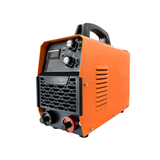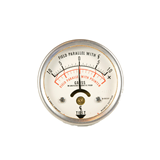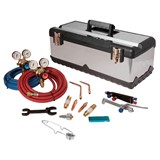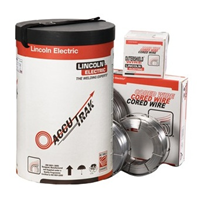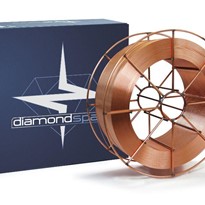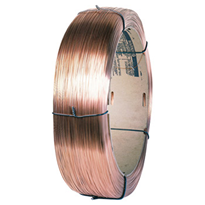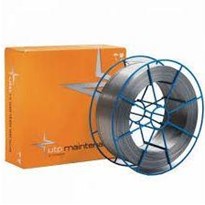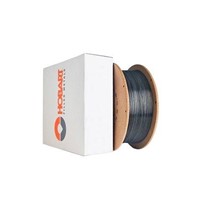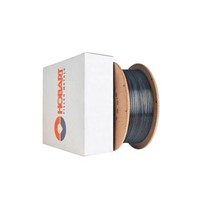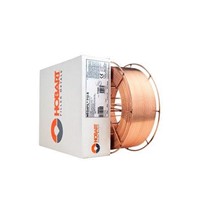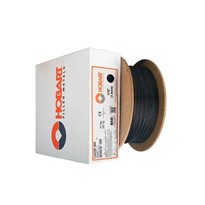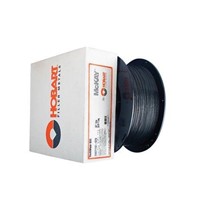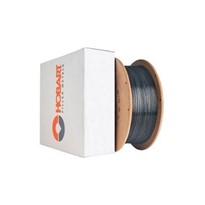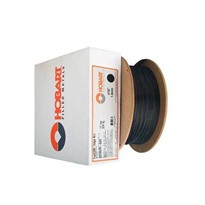Any welding professional who has experience dealing with a range of welding equipment and materials will have their own views on flux core vs. solid metal welding wires. But for those who are newer to the trade, understanding the differences and choosing the material that is right for the job can be intimidating.
In this blog, we explain the principles of flux core welding – what it is, what materials are used, and how it differs from solid metal welding – and evaluate its benefits as compared to solid metal welding.
What Is Flux Cored Welding?
The key factor that distinguishes flux core welding from other welding methods lies in the material used. While solid metal welding uses solid metal wires or electrodes as the welding agent, flux core welding uses a tubular wire or electrode, which consists of a metal sheath housing a core of mineral compounds and powdered metals.
Flux cored welding wire was originally developed as a product that could be used in all production processes and with all alloys. While this goal proved unrealistic, especially as producers released an ever-expanding array of surfaces, flux cored wires are still much more versatile than their solid metal counterparts.
How Does Flux Cored Wire Differ from Seamless Flux Core Wire?
The key difference here is in the manufacturing process. Regular flux cored wire is made by taking a U-shaped strip of welding metal, which acts as a sheath, filling it with the powdered core material, and then rolling and sealing it into a thin wire. For seamless flux cored wire, the core material is poured into a seamless pipe band.
A flux cored wire without a seam will feed more easily through the welding mechanism than a wire with a seam. The seamed wire will require more lubrication, and traces of that lubricant may end up in the final weld. As a result, welds performed with seamed wire are more likely to contain moisture and impurities.
Benefits of Seamless Flux Cored Welding
Welds performed with flux cored wires tend to perform significantly better than those performed with solid metal wires - about 30% better. Especially for welding in position, flux cored welding generally produces tighter mechanical joints, has a higher deposition speed, and is more versatile in the surfaces it can be used with.
Compared to seamless wires, welds completed with seamed flux cored wires tend to suffer more from hydrogen-induced cracking. This is because of the moisture and impurities from lubricants that can be extruded onto the electrode and collect in the weld pool.
Moderate levels of hydrogen induced cracking are not necessarily cause for concern, but they can spread and begin to affect the material properties, thus compromising material structure. Needless to say, the less cracking, the better.
Another benefit of flux cored welding wire is that it is available in self shielding varieties. Welding with a solid metal electrode always requires a separate tank for shielding gas to protect the weld pool from contact with elements in the atmosphere that can cause problems with the weld, such as porosity and spatter. With self-shielding flux cored wires, shielding gas is produced by the wire as it melts, protecting the weld pool from exposure to the surrounding atmosphere.
Contact Alphaweld Today
Alphaweld have been supplying world-class machines, safety apparel, consumables and more to trade professionals for over a decade. Our team of experts are committed to providing quality products and unbeatable service that serve the local economy.
For more information on our products and services, contact us today.







